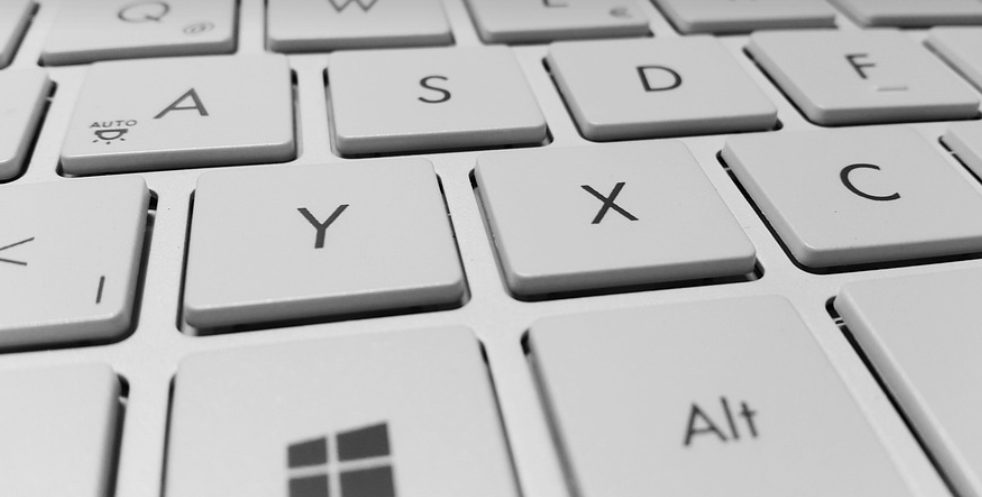A Common Problem, Easy Solutions
“) print(“
Losing your audio? You’re not alone. Millions of users experience the frustrating silence on their computers every year. This is especially common when it comes to Realtek audio drivers.
“)
Realtek is a popular choice for computer manufacturers, and many devices come pre-loaded with this driver. But sometimes these drivers can become corrupted or outdated, leading to no sound from your speakers or headphones.
Don’t panic! This article aims to help you understand the common causes of Realtek audio driver issues and guide you through fixing those pesky ‘No Sound’ problems.
Let’s explore some of the most common culprits behind this issue, followed by easy-to-follow steps to get back your audio.
Understanding the Problem
Realtek audio drivers are responsible for allowing your computer to communicate with your speakers or headphones. Here’s how they typically work:
- Your operating system (Windows, Mac, Linux) sends audio data to the Realtek driver.
- The driver processes this data and sends the sound out through your speakers or headphones, converting it from digital code to an audible signal.
When these drivers are faulty, corrupted, or outdated, they can hinder the flow of audio information to your speakers. This results in no sound, even when your volume is turned up.
Common Causes
Here’s a closer look at some of the most frequent culprits behind Realtek driver issues:
- **Outdated Drivers:** Over time, drivers might become outdated or incompatible with your operating system. This can lead to audio problems.
- **Software Conflicts:** Certain programs or applications may interfere with the Realtek audio driver and cause it to malfunction.
- **Hardware Issues:** Sometimes, there are physical glitches within the audio hardware itself (speakers, headphone jack, etc.). This can also lead to no audio.
- **Windows Updates:** Sometimes, Windows updates may inadvertently conflict with or overwrite Realtek drivers.
Solutions: Let’s Fix It!
Fixing Realtek driver issues is surprisingly straightforward and can often be done in minutes. Here are some effective solutions:
Solution 1: Update Your Audio Drivers
The most common solution for no sound issue with Realtek drivers is to update the audio drivers. Here’s how:
- **Windows:** If your computer has Windows, you can check for updates using Device Manager or by visiting the manufacturer’s website and downloading the latest drivers.
- **Mac:** For Mac users, go to System Preferences > Sound, then click “Manage Audio Devices” and update your audio driver there.
Solution 2: Uninstall and Reinstall
If updating doesn’t work, consider uninstalling and reinstalling the Realtek drivers. This can help clear out any corrupted files or configuration problems:
- **Windows:** Open Device Manager. You should see a list of your audio devices. Right-click on “Realtek Audio” (or the name of your specific card) and select “Uninstall device”.
- After uninstalling, restart your computer.
- **Reinstall:** Go to the Realtek website (usually www.realtek.com), download the latest driver for your system, and install it.
Solution 3: Check Your Windows Settings
Sometimes, sound settings within Windows may be causing the problem:
- **Windows Sound:** Go to “Start”> “Settings” > then go to “Sound”.
- **Check Audio Levels:** Click on “Device manager” and check the volume levels for your speakers or headphones. You can also use this to adjust the audio settings for different applications.
Solution 4: Check Your Audio Hardware
Before jumping into the driver solutions, it’s worth double-checking if there is a physical issue with your speakers or headphones. Here are some things to check:
- **Check Connections:** Ensure that your audio device is properly connected and not loose.
- **Test Speakers/Headphones:** If you have multiple devices, try using a different set of speakers or headphones to see if the sound works.
Fixing Realtek audio issues can feel overwhelming, but it’s often easier than you think! By understanding the causes and implementing these solutions, you can get your audio back up and running in no time.
“`


